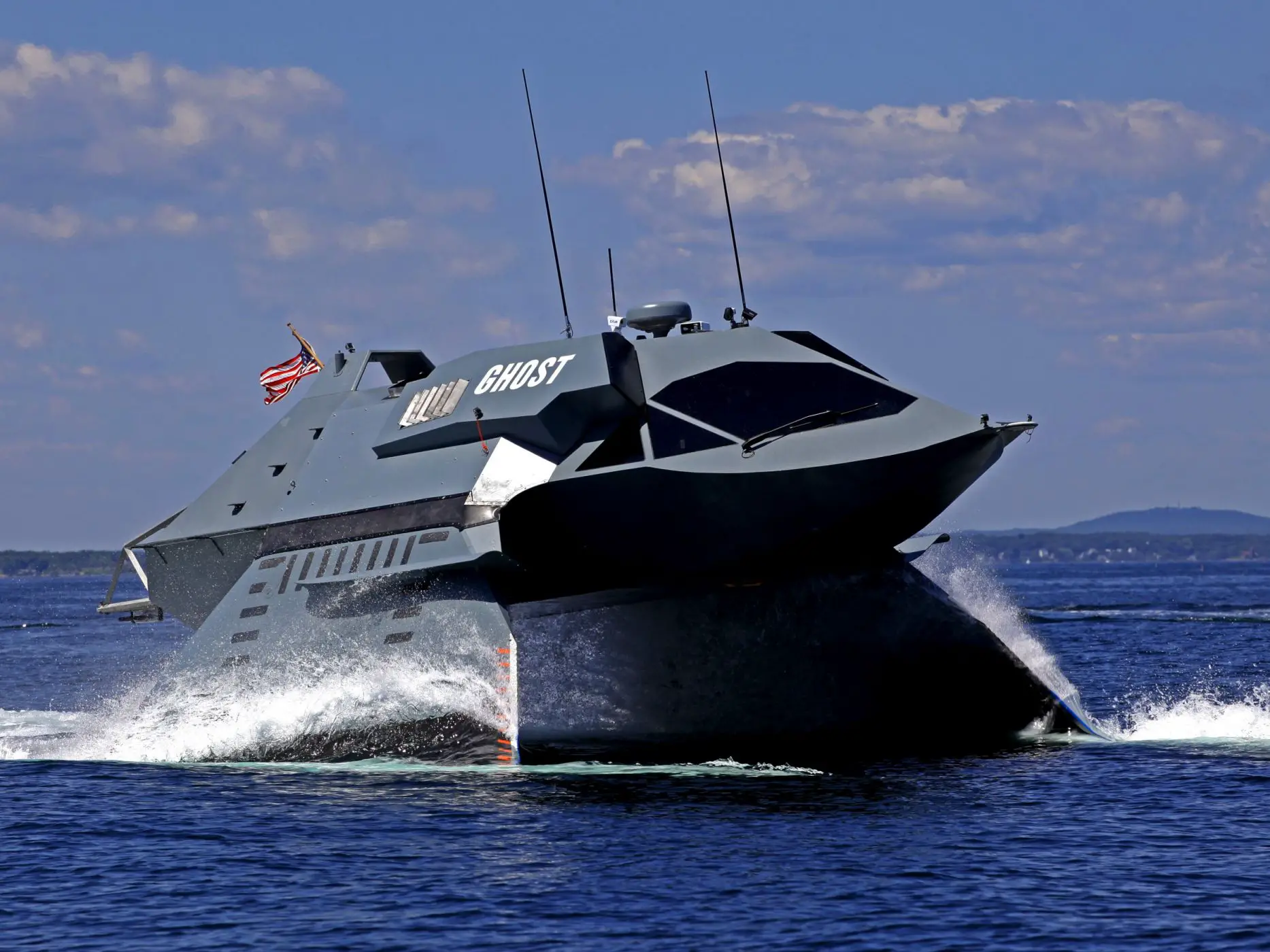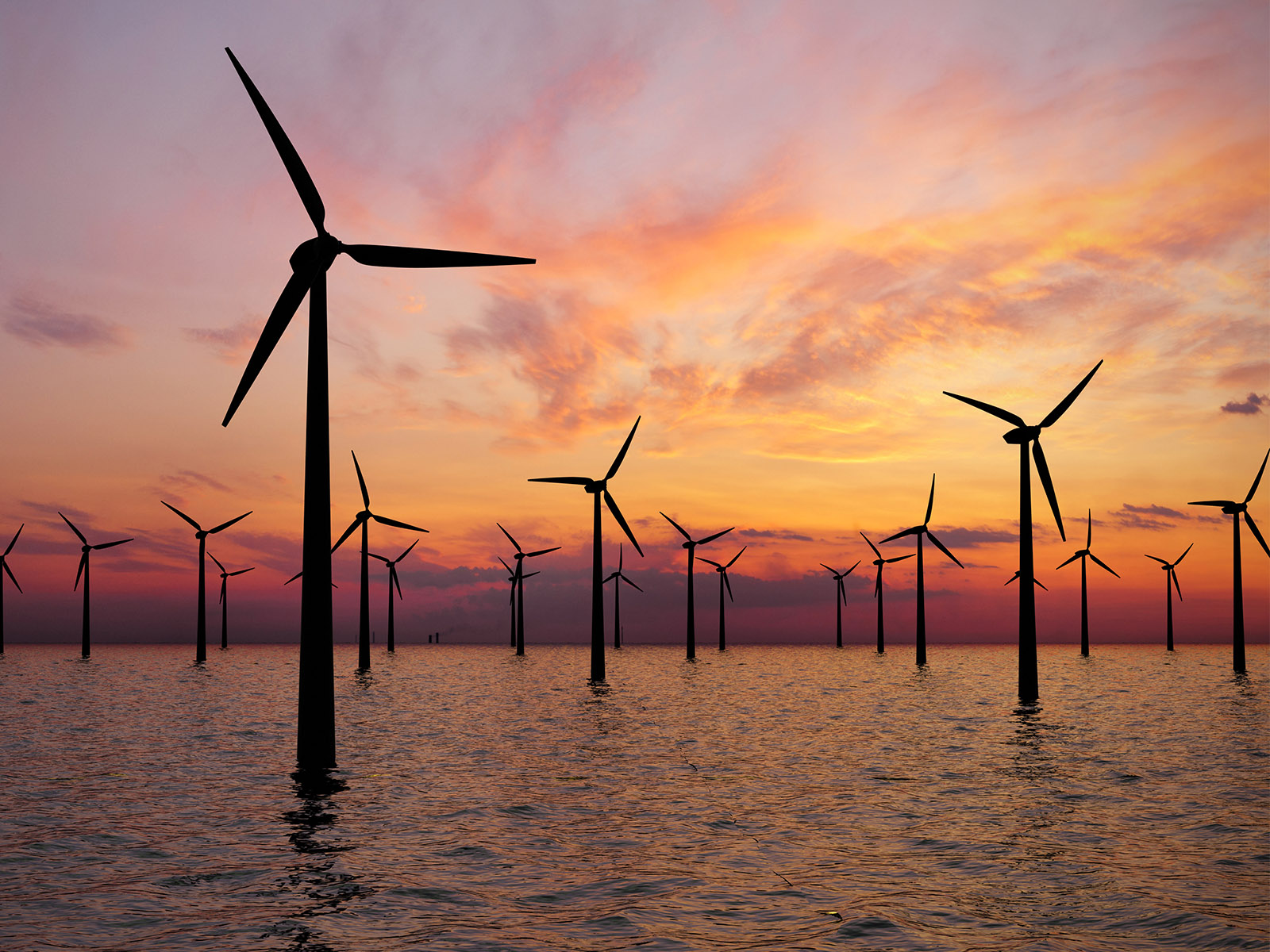You’ve probably heard of lithium-ion batteries, which power most of our portable electronics and, of course, electric cars. They have changed the way we live, but they also have some problems, like short-circuiting and short ranges for electric vehicles.
Making EVs more competitive with gas-guzzlers would require solutions to these difficulties, which will demand a breakthrough in battery technology.

How do lithium-metal batteries differ from Normal lithium batteries?
Both types of batteries use lithium to generate electrical energy and have a similar general structure.
Simply described, they have an anode (the negative electrode of the battery), a cathode (the positive electrode of the battery), and an electrolyte, which aids in the transport of lithium ions between the electrodes. In other terms, it controls the flow of electric current.
A separator (a permeable membrane) separates the anode and cathode to avoid electrical short connections while enabling lithium ions to flow.
The anode in a traditional lithium-ion battery is usually formed of graphite, a kind of carbon that can retain and release charged lithium ions as they flow back and forth between the electrodes.

However, graphite is only a home for lithium ions. This means it can’t store energy or generate current, adding to the battery’s dead weight.
The anode of a lithium-metal battery is formed of lithium rather than graphite. This leads to a more energy-dense anode: its atoms can produce current and store more energy than graphite-based anodes of the same weight and volume.
But there’s a catch: lithium is a reactive substance, and coming into touch with a liquid electrolyte can generate reactions that deteriorate or cause the battery to explode. Especially if the batteries have been exposed to dust, have been mishandled, or have been improperly kept.
Solid state battery technology.
To address this issue, researchers have turned to solid-state battery technology, substituting solid counterparts for the separator and liquid electrolyte. When they come into touch with the lithium anode, they limit the possibility of undesired chemical reactions and short circuits.
So far, a number of companies that are using the technology to make lithium-metal batteries are on track to make products that look promising.
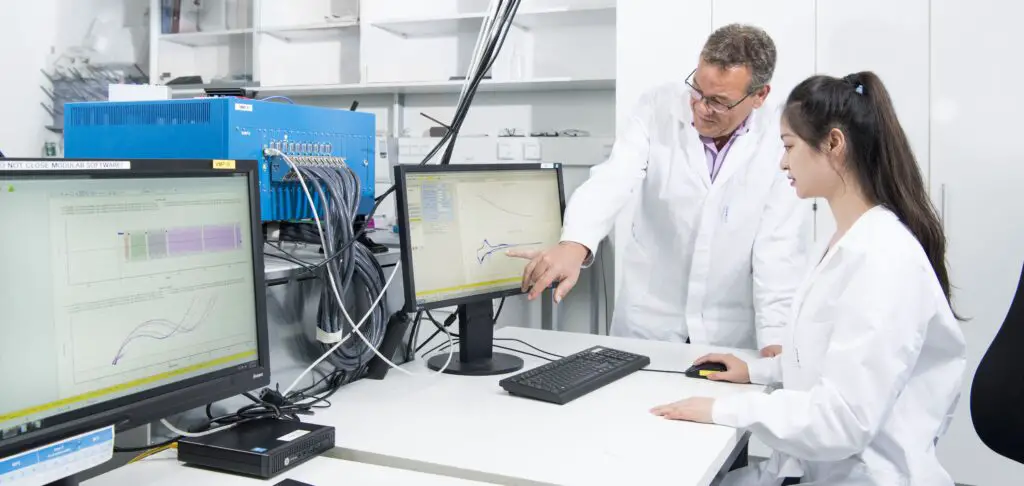
QuantumScape devised a ceramic solid electrolyte and separator, whereas Solid Power invented sulfide-based electrolyte technology. Battery manufacturer 24M is developing a polymer/solid electrolyte ceramic hybrid with funding from the US Department of Energy’s ARPA-E program.
Here’s a video from QuantumScape that explains solid-state lithium-metal batteries:
Advantages of using Solid state Battery.
1) Increased energy density and range
These batteries can store more energy due to the characteristics of the lithium-based anode.
24M claims a 30% boost in energy, whereas Solid Power claims a 50% increase. QuantumScape anticipates that its batteries will increase an EV’s range by 80% when compared to a lithium-ion battery of the same size.
For example, an electric automobile that can go 402 kilometers on a single charge may now travel 724 kilometers.
2) Higher battery life
In traditional batteries, the lack of graphite minimizes battery deterioration, which is caused by chemical side reactions between the carbon atoms and the liquid electrolyte.
3) Fast Charging
According to Solid Power, an EV may be charged to more than 80% in less than 20 minutes – less than 15 minutes for QuantumScape.
This is due to the fact that a lithium metal anode removes the time required for lithium ions to permeate into carbon particles in a graphite anode.
4) Safety
The liquid electrolyte of an EV battery is primarily responsible for its flammability. When exposed to high temperatures, this may become volatile and unstable, resulting in an internal short circuit.
As a result, replacing them with a sturdy ones mitigates this danger.
5) Cost
The cost of batteries is predicted to decrease when anode materials and production costs are reduced.
Solid Power promises a 15% to 35% pricing advantage over lithium-ion batteries, while QuantumScape predicts that such batteries will enable the introduction of 483km-range EVs for around $30,000.
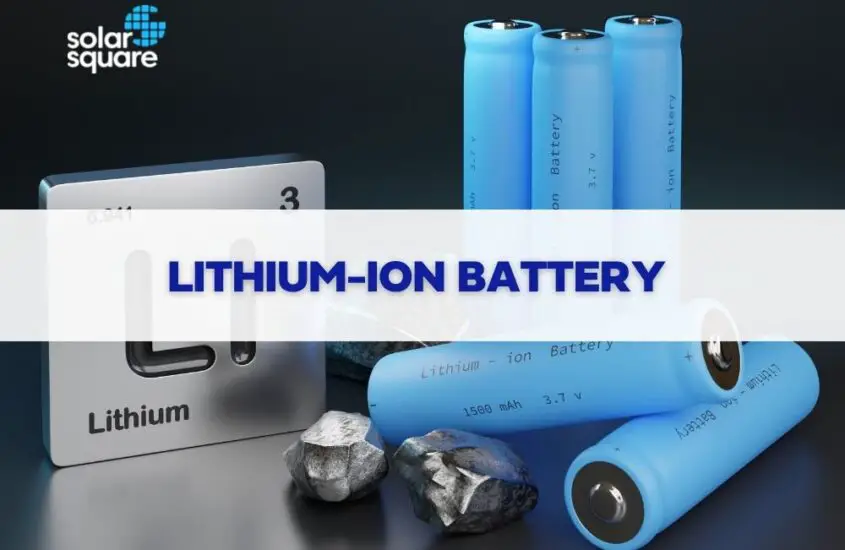
How near are we to achieving a breakthrough?
Solid Power has achieved the most important advances to date. It finished manufacturing of its pilot-scale batches of 22-layer lithium-metal cells in March and is currently preparing to launch its commercial EV battery line, which will include battery cells with capacities of up to 100Ah.
QuantumScape has so far only tested four-layer cells. If its efforts are successful, it will begin manufacturing multi-layered cells in 2024.
The ARPA-E and 24M projects are already in the works, and will first focus on providing batteries for electric planes before moving on to EVs.
Future of solid-state lithium-ion batteries
The technology is still in its early stages and will almost probably require years of study and testing before it can outperform traditional batteries.
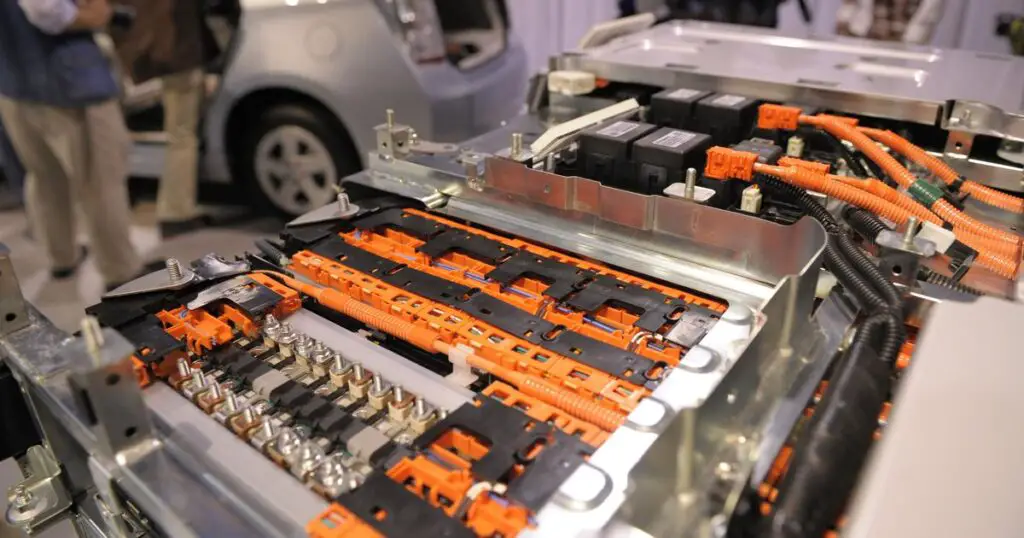
Nonetheless, the electric vehicle sector is already counting on it.
BMW and Ford have invested in Solid Power, with battery packs expected in 2025. Volkswagen has invested in QuantumScape, while the US Department of Energy has invested $9 million in 24M.
This makes sense when we examine the multiple benefits that solid-state lithium-metal batteries might provide.
EVs that charge quicker, go farther, are safer, and are less expensive would persuade more owners of gasoline-powered vehicles to make the move, hastening our transition to electric mobility.
And, while we have yet to see this technology in action, I am confident that solid-state lithium-metal batteries will be the next big thing in electric vehicles.



